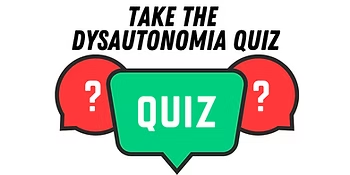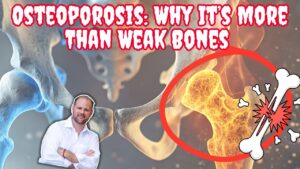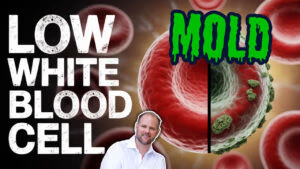Unraveling the Mysteries of Neuroinflammation, Nutrition, and Dysautonomia
Let’s crack this conundrum wide open. You’re sat there, thinking, “How do I rejuvenate my brain health? What steps can I take?” Here’s the deal: I’m about to give you the inside track on four transformative strategies you can implement immediately.
Now, imagine this. You’re looking at a graph titled “Dietary Interventions for Neuroinflammation.” It’s broken down into a simple four-step process. Ready to dive in?
Step 1: Rethink Your Diet
First thing’s first. Let’s tinker with that diet of yours. Aim to enrich your meals with essential fats – believe me, I’ve got a plethora of content on this. Next, start phasing out those deceptively delicious fried foods. The third step involves decreasing your consumption of hydrogenated oils – these are the villains of the culinary world. Now, this may seem daunting, but try going gluten-free. If you find you’re still struggling, take it up a notch: go gluten-free and dairy-free. If that’s not cutting it, give the paleo diet a whirl. And, if you’re still wading through the murk of brain fog, an autoimmune paleo diet could be your saving grace.
Step 2: Stabilize Your Blood Sugar
Hold on to your hats. We’re not done yet. It’s time to steady the ship – your blood sugar ship, that is. Again, I’ve got a multitude of videos on this. A blood sugar level between 85 and 120 is your gold standard, food or no food.
Moving on, the third trick up your sleeve is to dabble with a modified ketogenic diet. What does this look like? Let me paint you a picture: fewer than 50g of carbohydrates each day, and 70-80% of your caloric intake derived from fats.
Step 4: Intermittent Fasting and Ketogenic Diet
Last but by no means least, you could trial intermittent fasting while adhering to a ketogenic diet. This equates to a 6-hour eating window between noon and six. The catch? All your nutrient-packed food must align with a high-fat ketogenic diet.
If you are enjoying this content, don’t be shy. Like, comment, and spread the love by sharing with a pal. Brain health isn’t a secret to keep, but a message to spread far and wide.
Frequently Asked Questions (FAQ)
Start by eliminating inflammatory foods. The most effective first step is often removing gluten and dairy, followed by adopting an autoimmune paleo (AIP) diet if symptoms persist.
Stable blood sugar prevents inflammation and provides a steady energy supply to the brain. Spikes and crashes can damage blood vessels and neurons, worsening brain fog and neuroinflammation.
It's a high-fat (70-80% of calories), very low-carb (under 50g net carbs per day) diet that helps the brain use ketones for fuel, which can be neuroprotective and reduce inflammation.








